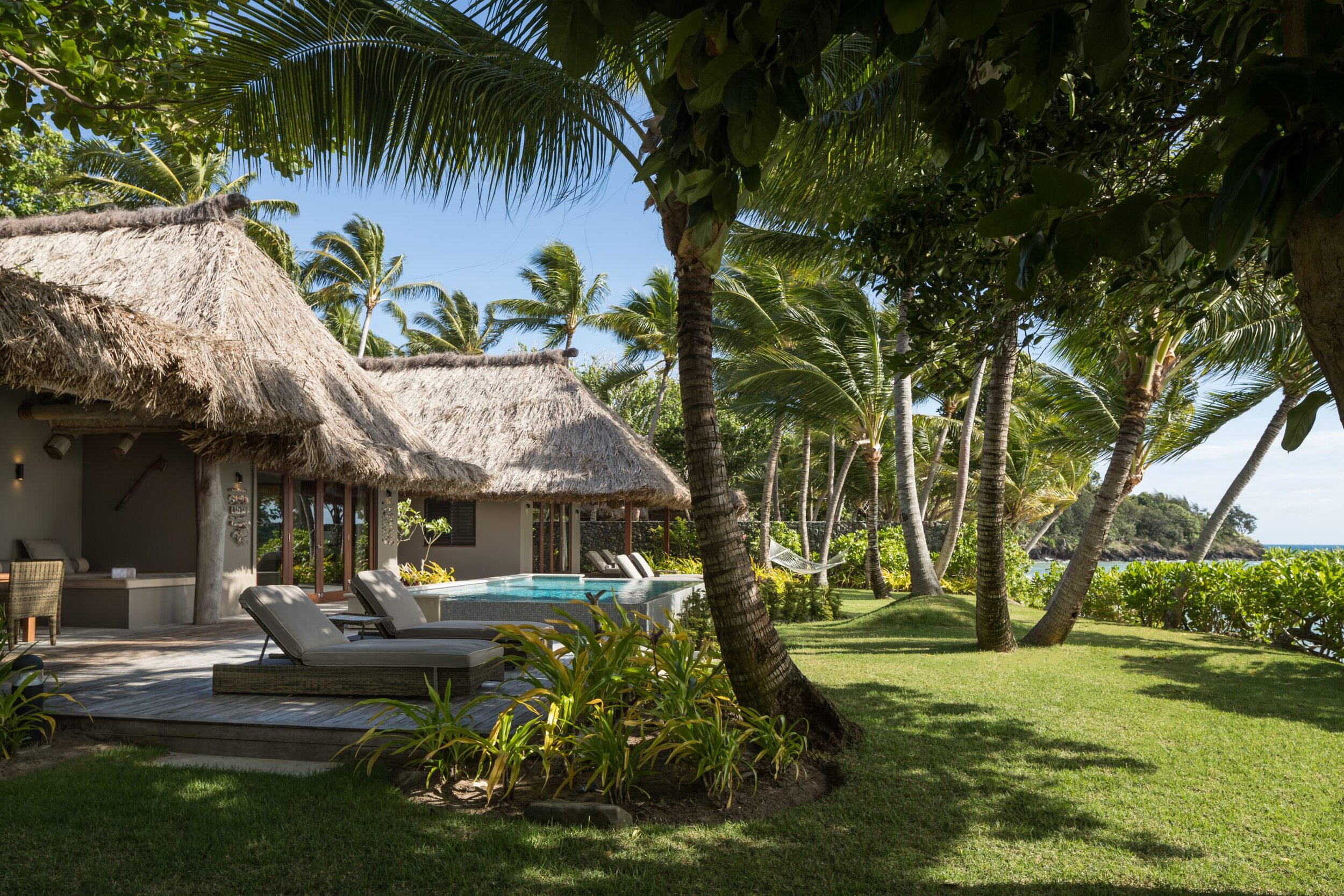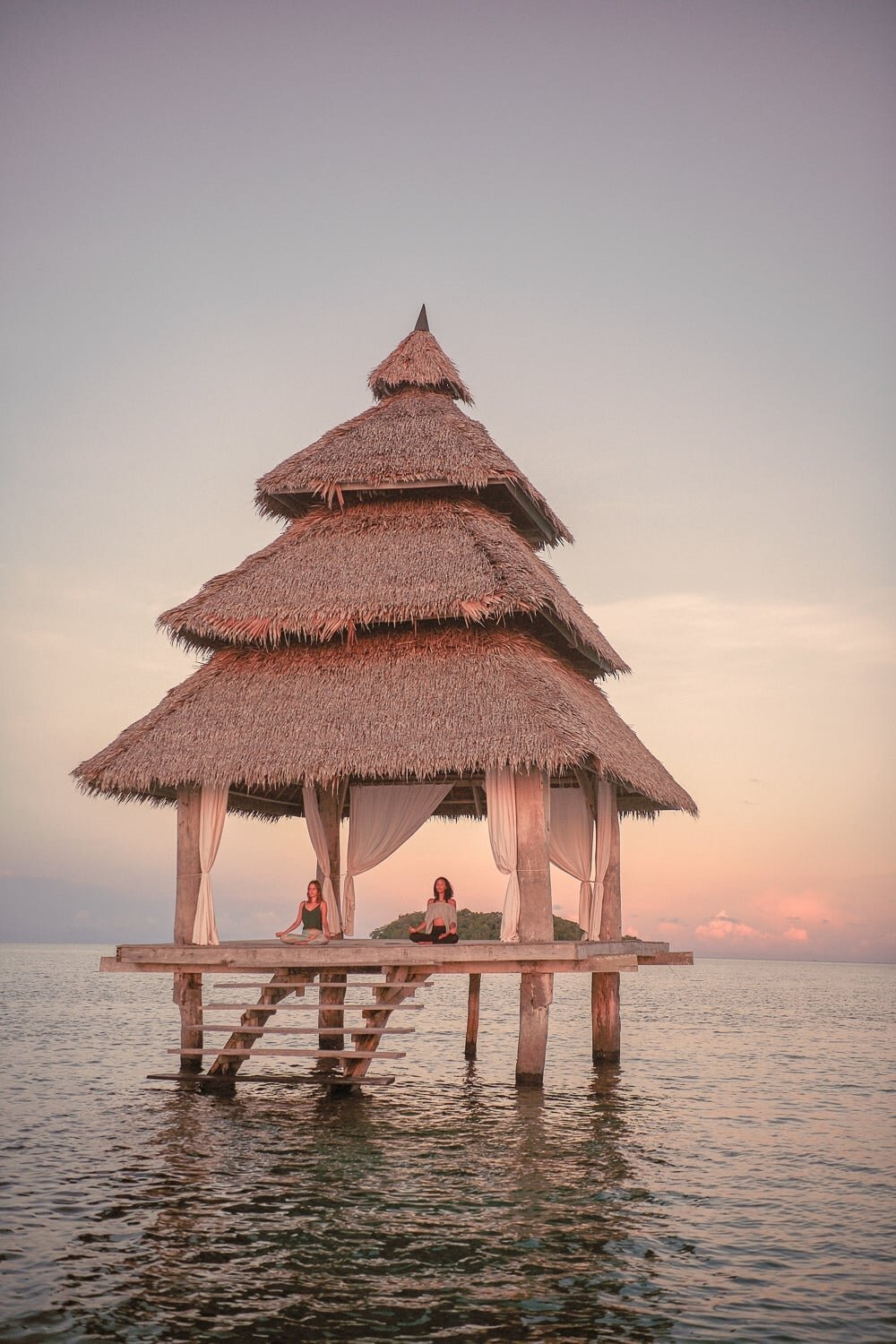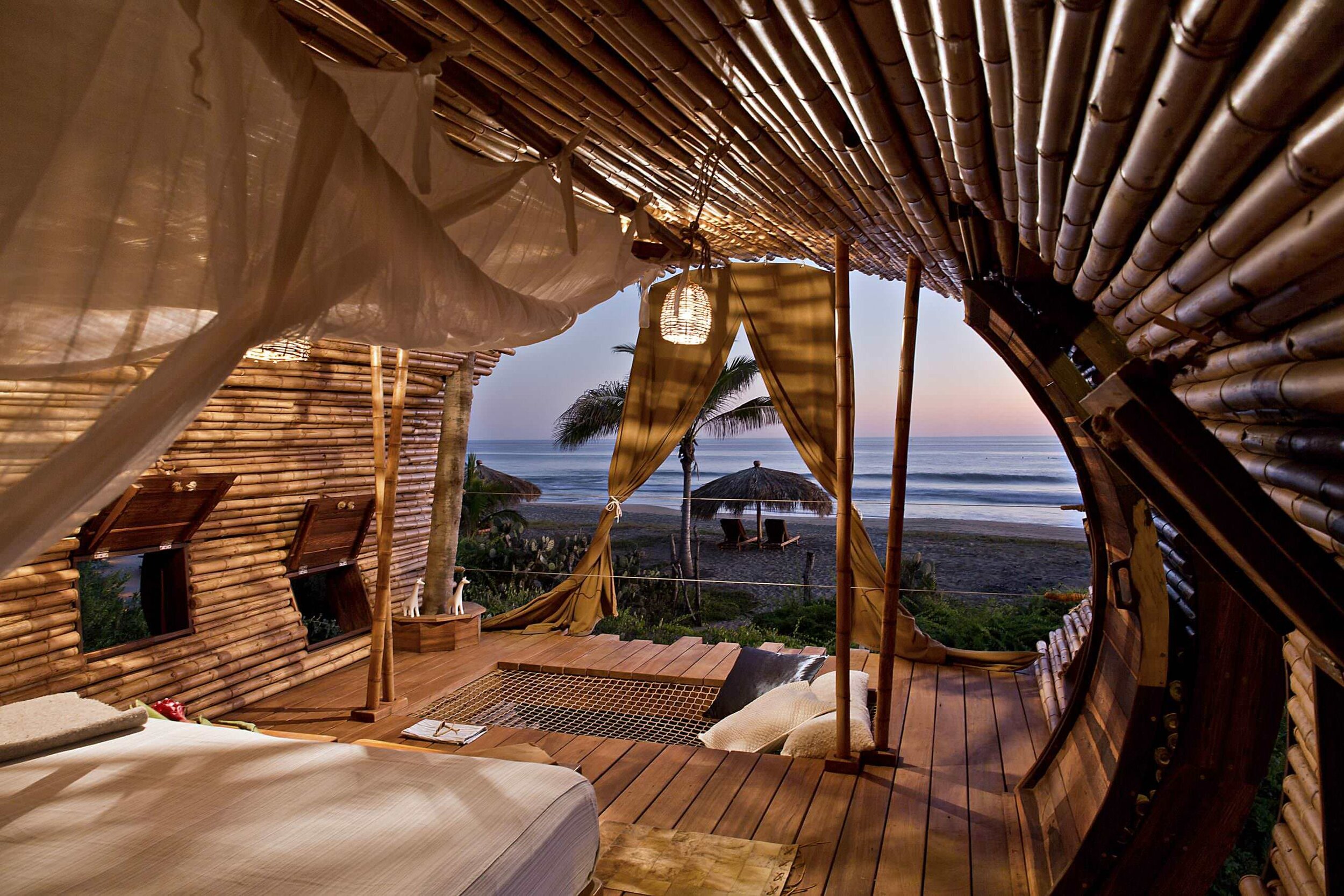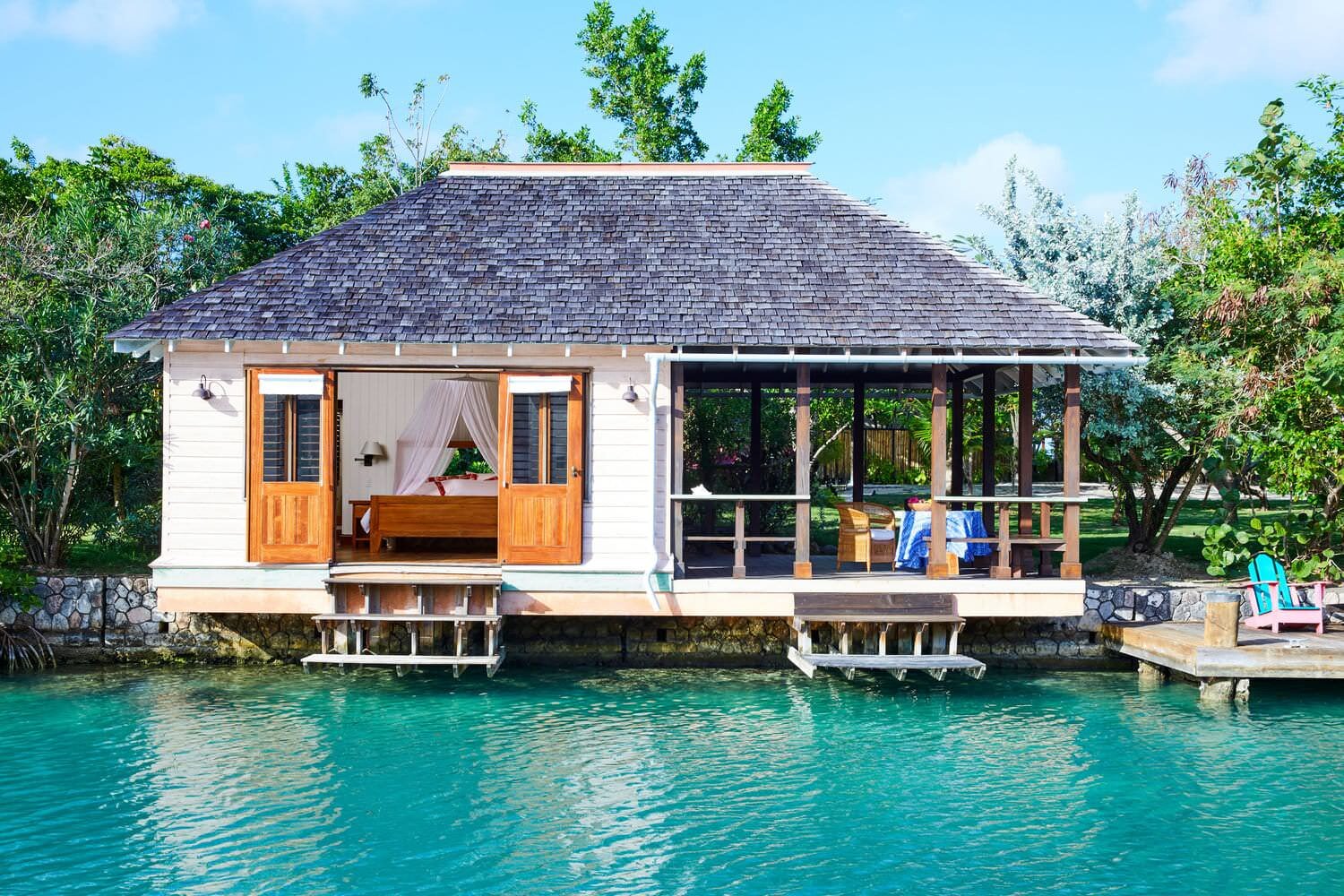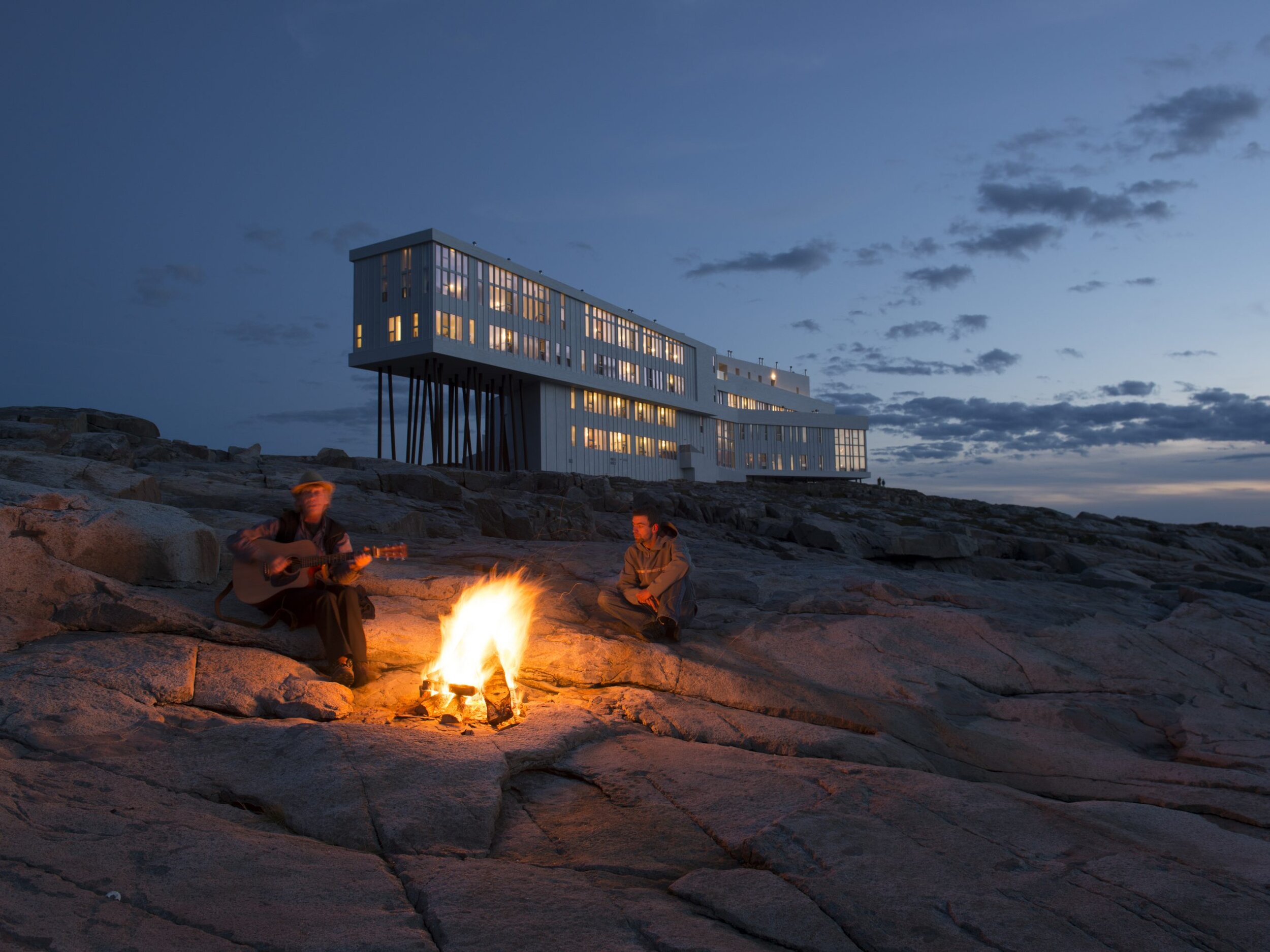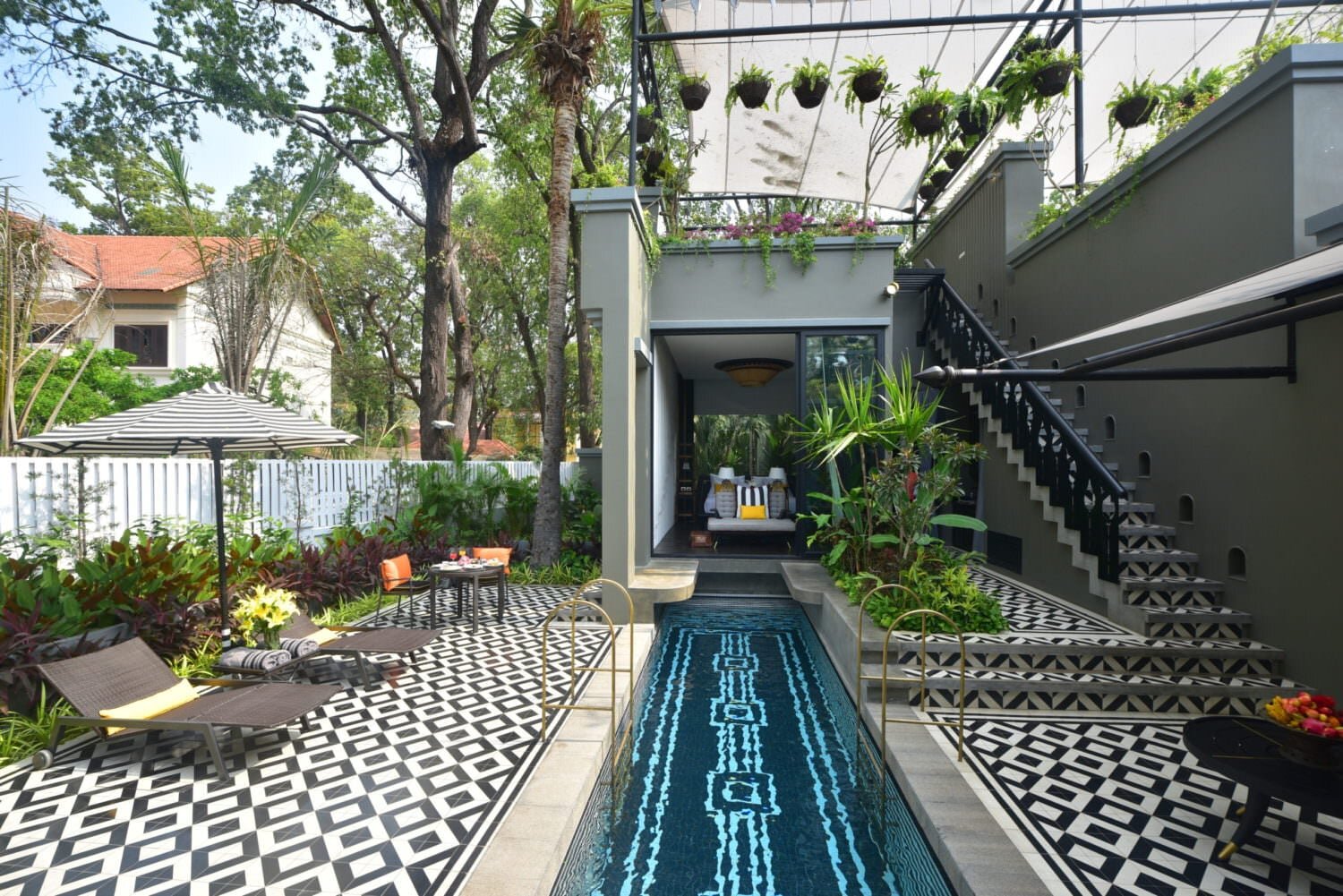Talking Regenerative Travel With Amanda Ho
Amanda Ho, co-founder of the booking platform, Regenerative Travel. Photo by Kimlo, @lamma.
S
ustainable travel has been the topic of conversation for years. But how many of us can say we really, actively, travel sustainably? From the carbon footprint of flying to the rampant use of single-use plastics and the huge amount of resources needed to keep a hotel up and running, traveling hasn’t been inherently sustainable. And while we’ve all become much more aware of how we can travel more sustainably — like offsetting carbon emissions — totally sustainable travel has felt like a daunting task. Sometimes, unreachable.
But, what if all your travel could leave a place a little better off than when you arrived? This is the root of regenerative travel — the new, must-know sustainability concept that asks travelers to find ways to improve a destination rather than just trying to do no harm. To put it simply, while sustainability is about achieving net-neutral and being green is about doing less damage, regeneration is about making things better.
Defining regenerative travel
Regenerative travel promotes doing more of the things that make a positive impact on a host community and the environment for current and future generations. A more holistic approach to sustainable travel, regenerative travel recognizes that tourism and hospitality, local economies and ecology work together as a living system. It also highlights that right now, travel is about mass consumption that doesn’t allow communities, cultures and the environment to regenerate in a healthy way.
But what does this mean in practice? There’s no one right answer. Regenerative travel takes on many forms, like traveling to a destination known for over-tourism in the off-season when you can make less of an impact on the land and resources, while making the most impact with your tourism dollars on a local business. Or, seeking out and supporting local community organizations that employ artisans, women or refugees.
Craveiral Farmhouse, Portugal.
“We have an opportunity now to build back the travel industry in a way that's more inclusive, creating more abundance for all stakeholders — the community, the land, the people and the wildlife,” Amanda Ho, the co-founder of Regenerative Travel, tells us. “But also, in a non-extractive way, just really being representative of a more diverse and inclusive ecosystem.”
Baby sea turtles rushing to the ocean near Playa Viva.
Planting the seeds
A booking platform that takes its moniker from the concept, the company Regenerative Travel markets hotels and resorts that embrace the concept fully — protecting natural and historic areas, investing in local communities, growing their own food, covering their carbon emissions and helping fight for efforts like anti-poaching. Just to name a few.
Now, with regenerative travel quickly becoming part of every savvy, avid travelers lexicon, we wanted to talk with co-founder Amanda Ho about the growing movement and her business. Dialing in from Hong Kong, where she’s been stuck since the start of the pandemic, Ho explained that a series of profound trips pushed her in this new direction.
“I had my own magazine for a long time called Electrify while I was living at home in New York, and I think slowly my own interests in travel started to mature. But the transition point for me was really when I was working as a journalist and I ended up meeting my co-founder, David Leventhal on a press trip,” Ho smiled into the webcam. “I went to his hotel, Playa Viva, on the west coast of Mexico and it was probably my first experience staying in a property like that. It was 100-percent solar, you’d wake up in the morning and there’d be baby turtles waiting to be released in the ocean. And it was just such a different type of travel experience.”
Soon after, Ho found herself at a swanky Jamaican hotel, eating dinner at a restaurant with a dress code and a vibe she couldn’t quite connect with. As a journalist, she began actively seeking out stories and travels that were much more immersive and sustainability-focused — going on to work on an anti-poaching documentary and even traveling Antarctica on a 30-day expedition cruise. Along the way, Ho realized it was hard to find properties that matched her values.
“At that point, it was really hard to find these types of properties through your traditional OTA’s (online travel agencies). With Expedia and even some of the more curated collections like Mr. & Mrs. Smith or Tablet, there was really no easy way to sift through and find properties that were identifying as being regenerative.” Looking to fill this hole in the market, Regenerative Travel was born.
Not your parent’s eco-lodge
But, holidays are precious experiences — ones not to be wasted on the kind of dingy eco-lodges that come to mind when we think of old-school sustainable stays. However, Ho assures us that alongside measuring metrics like carbon footprints, immersive guest experiences, local food sources and employee well-being, modern, regenerative stays won’t just meet your expectations, but exceed them.
“I think traditionally many feel like it's some kind of eco hut with no electricity. But there are actually many sides to it, and we like to say that this concept can be for any price point. We have hotels that are anywhere from $100 a night to $2,000 a night, and each one can provide you the same immersive, transformative experience in their own ways. It just depends what you’re looking for.”
Ho explains that the market has matured, now featuring chic safari stays like the Shinta Mani Wild in Cambodia, and with wellness retreats, like at The Ranch Malibu. While it’s not just mud-huts anymore, she does think travelers should be open to experiencing something like that at some point.
“At one of our properties, The Mudhouse in Sri Lanka, there’s no electricity. I went there by myself and I was a little unsure, but the whole experience was so beautiful,” Ho told us. “I remember going back to my room that evening and it was all lit up with incense, and it was such a sexy vibe. It was all so incredibly immersive.”
Playa Viva, where Regenerative Travel Co-founders first met.
Bawah Reserve, Indonesia. From $1,780 per night.
Guests plant trees at Morgan Rock’s nature reserve. Photography @carleyscamera
A new way forward
Beyond your stay, there are a host of other ways to embrace regenerative travel. We talked about how, for so long, we’ve all been traveling at an exponential pace — checking off cities with almost reckless abandon and going to places to pose for perfect pictures. But Ho sees a shift afoot, and one that is less “extractive,” more conscious and aligns with the principles of regenerative travel. After being grounded for a year, she says travelers realize we have an opportunity to do things differently.
“In the time of COVID, I think we've seen how fragile the world and our ecosystems are and realized that we really have to take this opportunity to replenish and repair it. And it really starts with your mindset...As travelers, it’s thinking about how your spending can support people now — like local tours, organizations, NGO’s, and local restaurants, shops and artisans who circulate that money back into the local community,” Ho points out.
“It’s also asking yourself how you can be respectful to the local community and culture. Can you use public transportation or a bike? How can you pack in a way that will reduce plastic waste? It’s really just asking a lot of questions and being more mindful. You don’t have to do everything perfectly, but it starts with your intentions.”
While we talk so much about how you can positively impact a place through regenerative travel practices, it’s also worth pointing out that they can have an equally positive impact on your own journeys, too.
“You know, when you go and eat farm-fresh produce for the first time, or meet a local Berber in the Atlas mountains of Morocco and eat from their stove, these transformational moments have lifelong impacts on your worldview as a person. And ultimately, those experiences will then I think forever change you as a traveler, and to be a more conscious and mindful person.”





